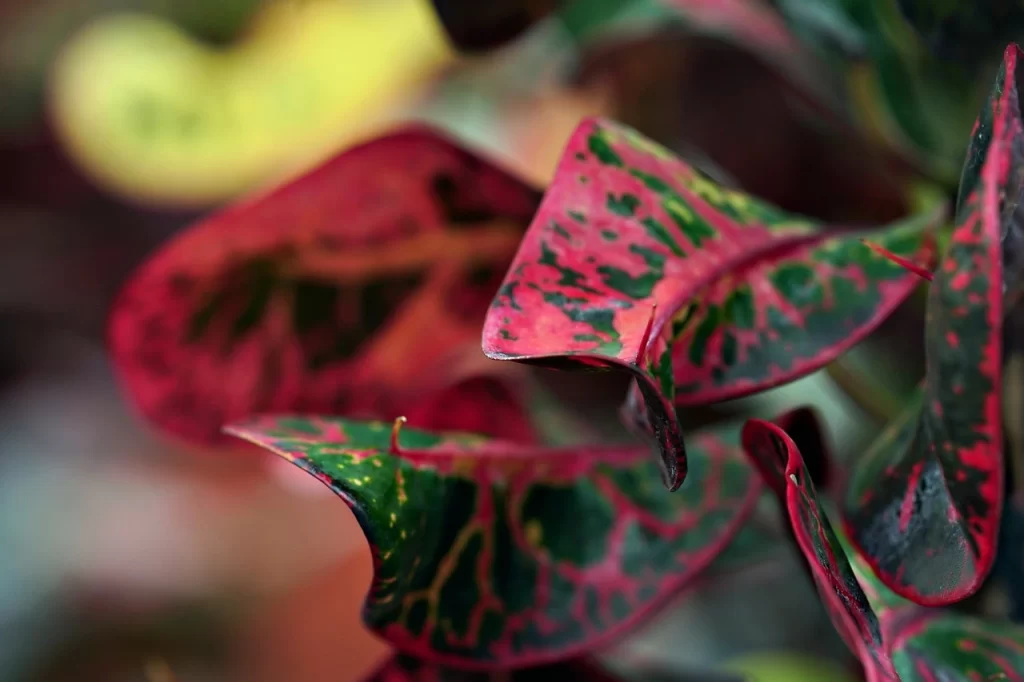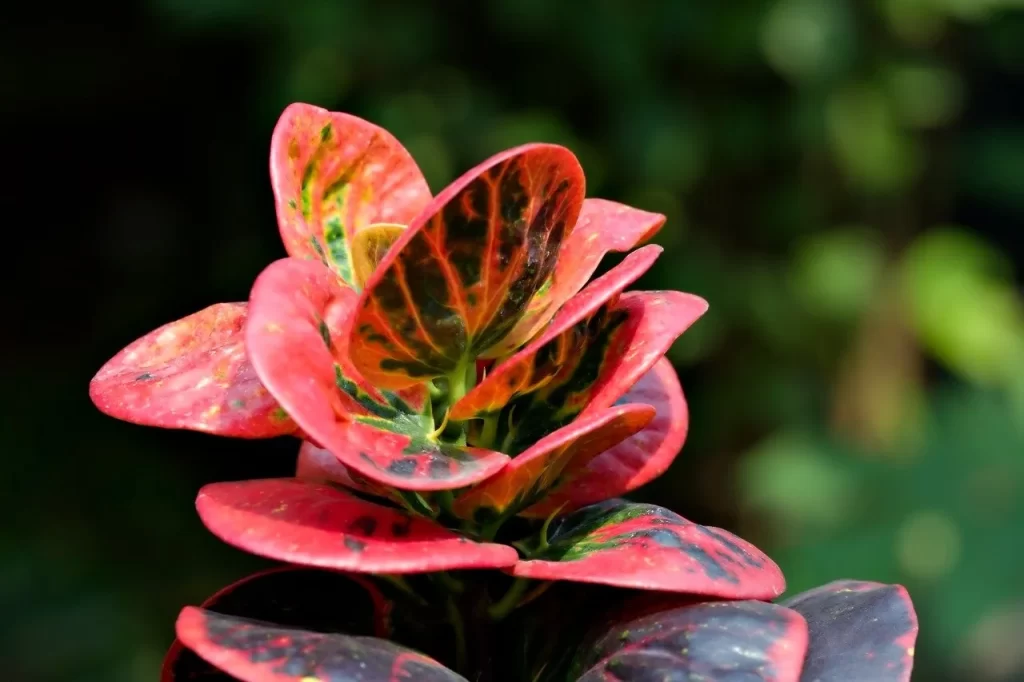The Croton Plant (Croton L.) is the second-largest in the Euphorbiaceae or spurge family, following the genus Euphorbia L. It encompasses around 1200 species, including trees, herbs, and shrubs, primarily in tropical forest regions worldwide. However, Croton species are found with glossy and leathery young leaves in shades of green, bronze, yellow, or red, turning into colors like gold and scarlet as they grow[1]Croton Plant. Read. However, the Croton plant is an easy-to-care-for plant that may require seasonal maintenance for its health and optimal growth. If the Croton Plant is not getting optimal growth conditions, it may start losing its leaves.

Indicators Behind Croton Plant Losing Leaves
Understanding leaf problems is crucial for the health of the Croton plant. Dropped leaves may result from cold temperatures and environmental disturbance. If leaves are wilting and the lower ones are falling, it could be a sign of underwatering. Conversely, overwatering is indicated by wilting leaves. Crispy brown leaves may be a consequence of underwatering or low humidity.
There is a possibility that the brown spots are “leaf spot disease,” which can be treated with fungicides. Identifying and promptly addressing these leaf issues will contribute to your Croton plant’s overall well-being and flowering bloom period.
Site Analysis For Croton Plant
Selecting the right site is crucial for the successful growth of Crotons. However, their outdoor survival depends on USDA Plant Hardiness Zones 10, 11, and 12. For other zones, it’s recommended to grow them indoors. Crotons are sensitive to environmental changes and may lose leaves when moved to a different area. To avoid this, choosing a site and keeping the plant in a consistent location is best, providing optimal health and growth stability.
Read: Nurturing Growth: Choosing the Best Soil for Thanksgiving Cactus

Adequate light exposure
Caring for a croton plant demands attention to several crucial factors to prevent leaf loss. Adequate light exposure is essential for maintaining vibrant colors, with western or southern window locations providing optimal conditions. Ensuring a brightly lit environment promotes variegation and brighter colors. Temperature maintenance is crucial, with a minimum of 60°F at night and around 70°F during the day, preventing leaf drop.
Read: How Fast Do Virginia Creepers Lose Their Leaves?
Watering Frequency
Proper watering is critical; crotons require consistently moist soil to prevent wilting. However, avoiding overwatering is vital, as excessively wet soil can lead to brown edges on the leaves. Additionally, maintaining higher humidity levels, ideally between 40-80%, contributes to the plant’s overall health. Insufficient humidity may cause leaf drop, and the colors may lose their spirit. Balancing these care elements will help keep your Croton plant healthy and prevent the common issue of leaf loss.
Read: Why is My Thanksgiving Cactus Turning Purple?
Misting Cycle
When misting, keeping the plants turgid is crucial by ensuring adequate water. During the mist cycle, insufficient water, especially with wilted leaves, can lead to leaf drop from the cuttings. Maintaining proper hydration is critical to the health and vitality of the Croton plants.
Humidity Level
Crotons thrive in environments with 60-80% humidity and low humidity levels[2]Croton Plant Care Guide. Read can lead to a loss of leaf color and drop. The best way to prevent this is to keep the plant moist by misting it regularly or using a humidifier. Also, remove any brown or dead leaves promptly to keep the Croton plant healthy. This proactive approach to humidity management and leaf maintenance will contribute to the well-being and vibrancy of your croton.
Read: Does Pothos leaves turning yellow? 10+ Reasons and Solutions
Crotons are sensitive to moisture levels; excessive wetness and prolonged dryness can result in leaf drop. Tropical plants thrive in environments with moderate to high humidity and warm temperatures. Ideally, the optimal temperature should range between 15 and 26 °C. However, If temperatures fall below 50°F, the risk of leaf drop increases[3]Green Production News, BY ANDREW BRITTEN. Read. It’s crucial to shield them from drafts and harsh temperature fluctuations to prevent leaf drop. Rapid changes in their environment can shock the plants and lead to the shedding of leaves. Providing a stable and suitable climate is essential for the well-being of the Croton plants.
Conclusion
Croton plants, being tropical plants, are not tolerant of freezing conditions and may experience leaf drop when temperatures fall. The exposure to the optimal temperatures makes them flourish. This article has demonstrated the common reasons behind the Croton plant losing leaves problem.



